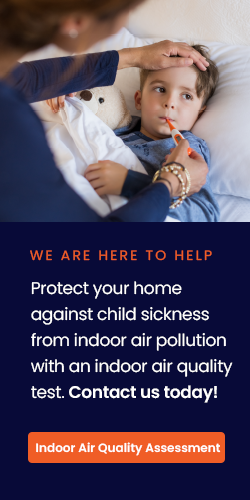According to a World Health Organization (WHO) report, 93% of children under the age of 15 are breathing in polluted air every day around the globe resulting in illness. What’s more, children have a higher risk of having negative health effects from air pollution, since they breathe in more than adults and don’t have fully formed lungs. With this in mind, it’s no surprise that indoor air quality can cause child illness – it may even be the cause of your child’s sickness. Let’s take a look at what air contaminants might be affecting the health of your kids.

Are Children At Higher Risk?
Many parents assume that their indoor air is safe because they themselves experience no issues, even if their kid is showing symptoms of child illness. What isn’t often discussed is that babies, children, and teens are more susceptible to the health risks of polluted air. This is, in part, because they breathe faster than adults. For example, babies breathe 40 times per minute – adults breathe just 12 to 20 times. Not only this, but children actually take in more air. They have a larger lung surface when compared to their weight than adults do.
And, like the rest of their bodies, the majority of a child’s lungs continue to grow after they are born. In fact, 80% of their alveoli – the air sacs that transfer oxygen to the blood – don’t develop until after birth. Plus, children’s bodies are still developing the defenses to fight off infection, while adults already have these bodily defenses in place.
In short, children are more heavily impacted by our air quality than adults. Contaminants can cause a series of symptoms that may easily be mistaken for another child illness, when the true source is the air you’re living in. Even if the sickness has a different source, breathing in poor quality air can delay healing and worsen symptoms.
What Contaminants Cause Child Sickness?
There are a variety of invisible elements in the air that can cause adverse health effects. Here are the most common.
1. Mold
Mold is a common indoor air pollutant because it can easily grow in any building or home with excess moisture. Things like leaky pipes, windows, and roofs, as well as flooding can encourage mold growth. Plus, mold can grow in lots of places – wallpaper, paint, drywall, insulation, carpet, upholstery, fabric, and even dust.
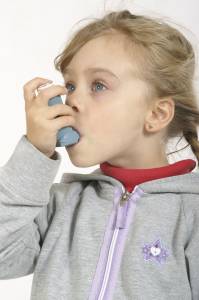
Per the CDC, there’s sufficient evidence linking indoor mold exposure to upper respiratory tract symptoms, wheezing, and coughing in healthy people. Plus, it’s correlated with producing asthma symptoms in people with asthma and hypersensitivity pneumonitis in certain people who are susceptible to the condition.
2. Chemicals (VOCs)
Volatile organic compounds, or VOCs, are a variety of chemicals that can have short and long-term health effects. They come from a wide range of ingredients found in paint, wax, varnish, cleaning products, cosmetics, disinfectants, and more. Thanks to their popularity, the EPA reports that VOCs are consistently found in higher concentrations indoors than outdoors – sometimes by up to ten times!
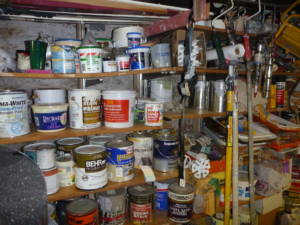
VOCs are linked to a huge range of health effects, many of which you may confuse for a symptom of another child illness. This includes:
- Headaches
- Nausea
- Irritation to the eyes, nose, and throat
- Fatigue
- Dizziness
- Allergic skin reactions
- Damage to the kidneys, liver, and central nervous system
- Dyspnea
- Emesis
- Epistaxis
3. Particulate Matter (PM)
PM, which is also referred to as particle pollution, is a mixture of liquid droplets and solid particles in the air. It can be invisible or visible, depending on its size and source. Both types can be inhaled and cause serious health conditions. PM can be made of hundreds of different chemicals, or it may come from one direct source. For example, it can include smoke, dust, dirt, and soot. It may come from fields, roads, fires, smokestacks, and construction sites, among other sources.

PM, especially smaller particles that are less than 10 micrometers in diameter, can get into your bloodstream and lungs. Furthermore, it can cause aggravated asthma, coughing, issues with breathing, irregular heartbeat, decreased lung function, nonfatal heart attacks, and early death for people with lung or heart disease.
4. Allergens and Lung-Damaging Triggers
You might think of pollen when considering allergens, but the list of potential triggers is much longer. It also includes:
- Dust mites: These are the tiny bugs that live in dust and can cause sneezing, runny noses, hay fever, wheezing, and difficulty breathing.
- Silicates: Crystalline silica, a common mineral, can enter the lungs and cause the formation of scar tissue, which makes it hard for the lungs to absorb oxygen. As such, it’s classified as a carcinogen and can lead to lung disease and cancer.
- Fiberglass: As a reinforced plastic material often used in insulation, fiberglass is commonly found in the home. However, you and your child may unknowingly breathe in tiny bits of this material, which can get stuck in the upper airway and lungs, causing respiratory issues. It can also cause itchy eyes and skin.
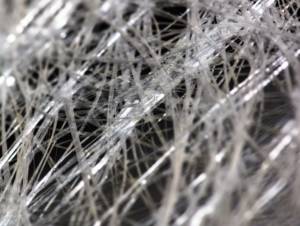
5. Germs
Germs live everywhere, and that includes our air! Bacteria in the air can cause viruses and infections that lead to child illness. This includes everything from strep throat to tuberculosis. As such, you might see a wide range of symptoms in your child due to germs in your air. IndoorDoctor offers an instant germ and sanitization check, which is included free of charge in our evaluations. See it in action here.

6. Furniture
You might be surprised to find that lots of children’s furniture, like changing tables, cribs, and dressers, contains high amounts of formaldehyde, and then emit that pollutant into the air. Furthermore, research has found that this issue is so common, that it’s linked with an increased risk of asthma, allergies and child illness.
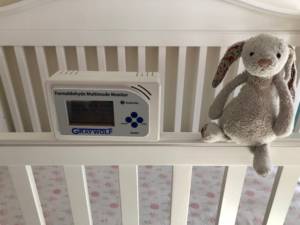
7. Water
Bacteria can also live in water, bringing on numerous health issues causing child illness. In particular, consuming water contaminated with bacteria causes issues in the gastrointestinal tract and gut. For example, water can contain shigella, which causes shigellosis, an intestinal infection that leads to stomach cramps, fever, and diarrhea. While you might confuse these symptoms for a common child sickness, it could actually be coming from your water. IndoorDoctor offers testing specifically designed to find GI-harming bacteria.
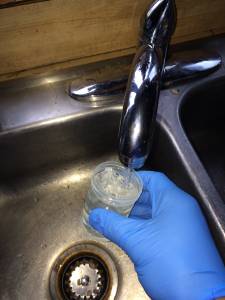
Protect Against Child Illness With IndoorDoctor
If your kids always get sick with symptoms similar to those outlined above; take action. IndoorDoctor is here to help! We can test for all of the above air contaminants with our indoor air quality testing.
We also provide you with in-depth information and a post-visit consultation to help you understand your test results and provide an action plan. If you’re ready to get in the driver’s seat and protect your home against child sickness from indoor air pollution, contact us today!
Resources:





